WHO Wuhan Covid-19 probe’s ‘clear’ conflicts of interest
The WHO’s first inquiry into the origins of Covid-19 included Chinese officials and scientists tied to the government and the People’s Liberation Army.
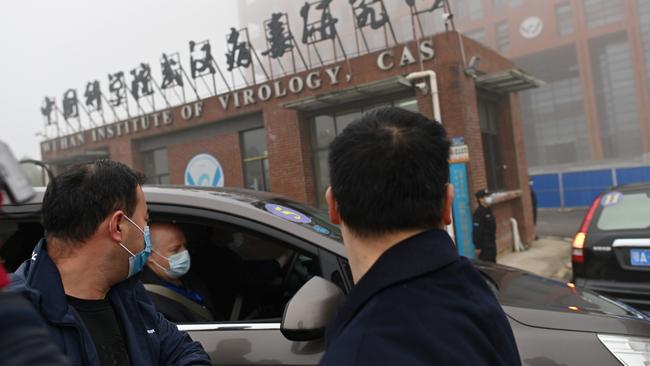
The World Health Organisation’s first inquiry into the origins of Covid-19 included a Chinese official involved in the cover-up of the outbreak, a scientist who conducted secret projects for the Chinese military, a bat researcher who worked directly with the Wuhan Institute of Virology and seven others tied to the government and People’s Liberation Army.
The revelation comes amid news the WHO is forming a new group to focus on the origins of novel pathogens which may include a second mission to study the origins of Covid-19.
The WHO’s Scientific Advisory Group for the Origins of Novel Pathogens will advise on “developing, monitoring and supporting the next series of studies into the origins of SARS-CoV-2”.
READ MORE: An exclusive extract from Sharri Markson’s book What Really Happened in Wuhan
But there are questions about whether the WHO is the right body for the probe given its first report was produced by investigators with conflicts of interest, according to What Really Happened in Wuhan, a new book on the origins of the outbreak.
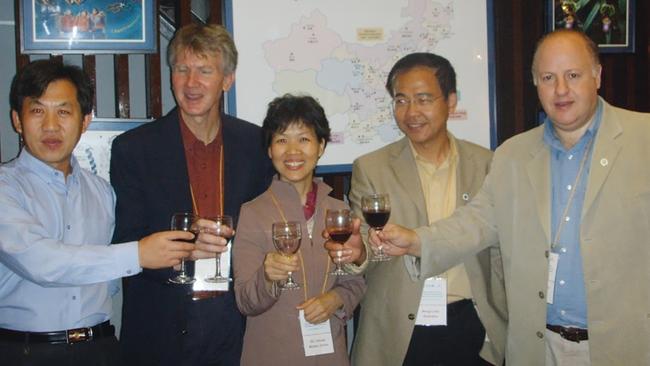
One member of the WHO team, Tong Yigang, was involved in a “major logistic research project” for the PLA from January 2016 to December 2019, for which the name was marked “secret”, according to his own biography.
Another Chinese WHO member, Feng Zijian, is the Deputy Director-General of China’s Centre for Disease Control. In a clear conflict of interest, Dr Feng was actually involved in the cover-up of the virus in the early days. He was responsible for drafting a gag order, dated February 2020, that prevented researchers and institutions from sharing the results of their coronavirus research.
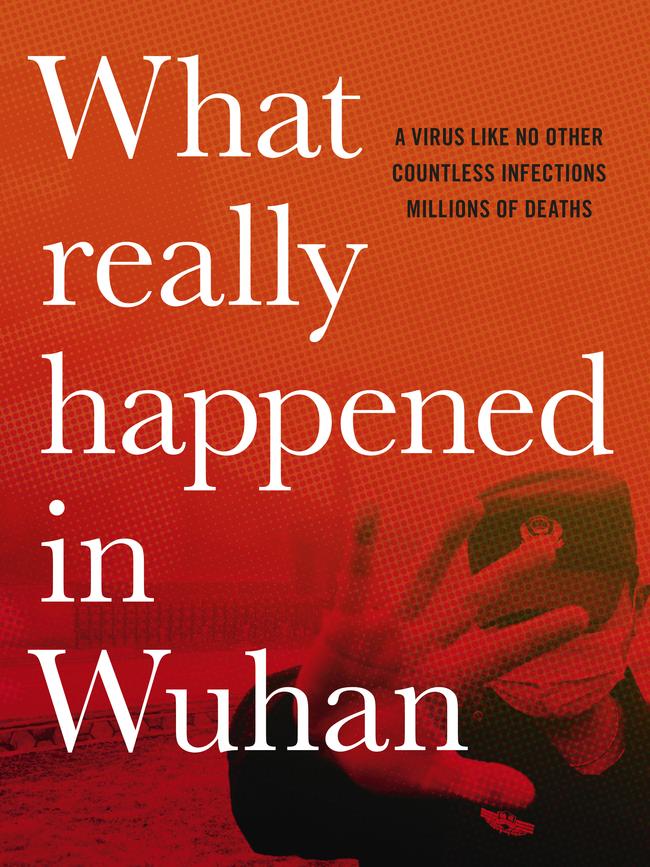
Several other Chinese WHO investigators are PLA-trained or active participants in military research. One is a bat virus researcher working with the Wuhan lab. Another seven WHO members held official, senior positions with China’s Centre for Disease Control, and several others worked for institutions that sit under the PLA.
The only American on the WHO mission was EcoHealth Alliance president Peter Daszak, who had worked with the Wuhan Institute for 15 years, funding much of their coronavirus research through NIH sub-grants.
He has admitted publicly he did not even ask the Wuhan Institute for access to its database of 22,000 viruses, which was taken offline on September 12, 2019. The team spent only three hours in the lab and said their goal was to address conspiracy theories.
The Danish mission chief, Peter Embarek, formerly advised the Chinese government. While working in the WHO China office, he had provided “policy and technical advice to the government of China on food safety and nutrition issues”. Another WHO investigator, Marion Koopmans, was appointed in 2008 as a “scientific consultant” of the Guangdong Provincial Centre for Disease Control and Prevention.
The WHO report concluded it was extremely unlikely Covid-19 came from a laboratory but found other pathways plausible, including that it was imported into China in frozen food, with the most likely scenario that it was a natural zoonosis transfer to humans.
The outcome was determined by a show of hands, where all the scientists sat in a room and voted whether they thought a lab leak, natural zoonosis, frozen food or other options were very likely, likely, unlikely or very unlikely.
Jamie Metzl, who is a current serving member of a WHO committee on genetic engineering, says truly independent investigators should have been appointed.
Four members of the international team had prior working relationships with the Wuhan Institute of Virology and one of them, Peter Daszak, had actually been a funder of research at that institute, he said.
“That is a clear conflict of interest that should have precluded him from participation in this process, so this was not an investigation. It was not capable of examining all of the possible hypotheses, and I don’t think that we should see this report as authoritative in any way.”
The new WHO group will include 25 specialists in the field of virology, infectious disease epidemiology, biosafety, biosecurity and laboratory safety and security, among other disciplines.
Its comes after WHO Director-General Tedros Adhanom Ghebreyesus walked away from his own inquiry and said a more thorough examination of a potential lab leak was needed.
What Really Happened In Wuhan by Sharri Markson is available on Booktopia or Amazon.
More Coverage
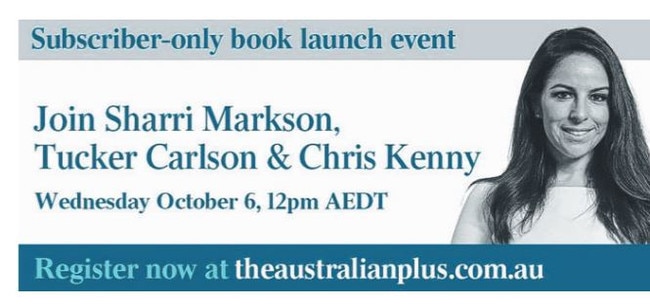


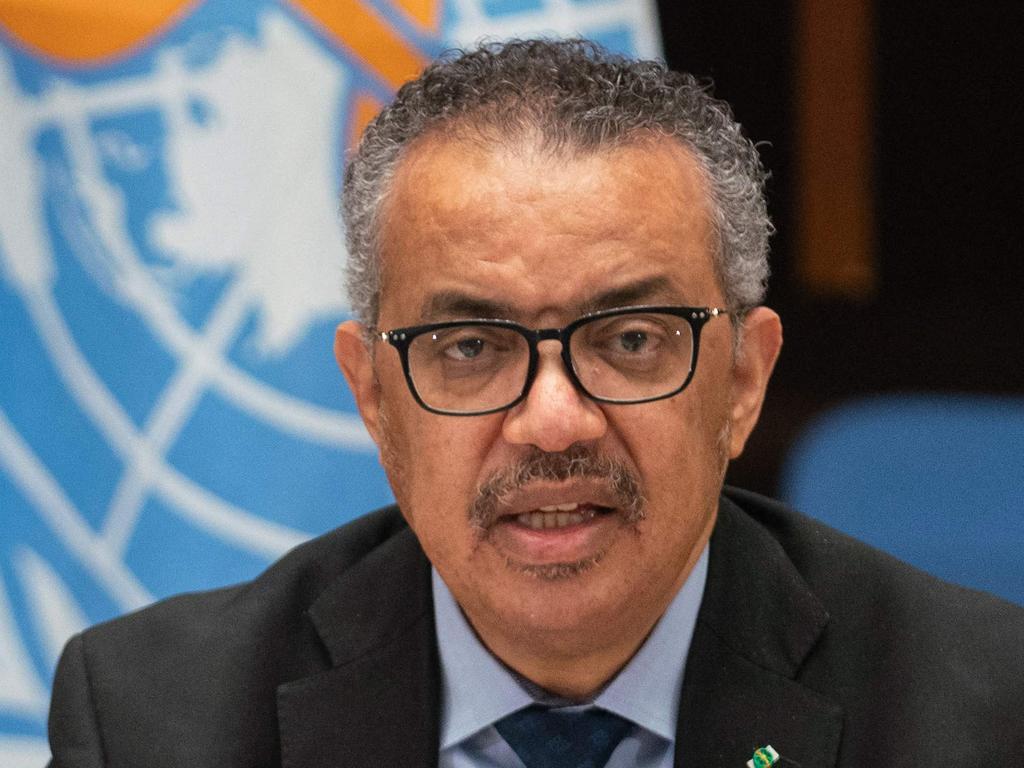
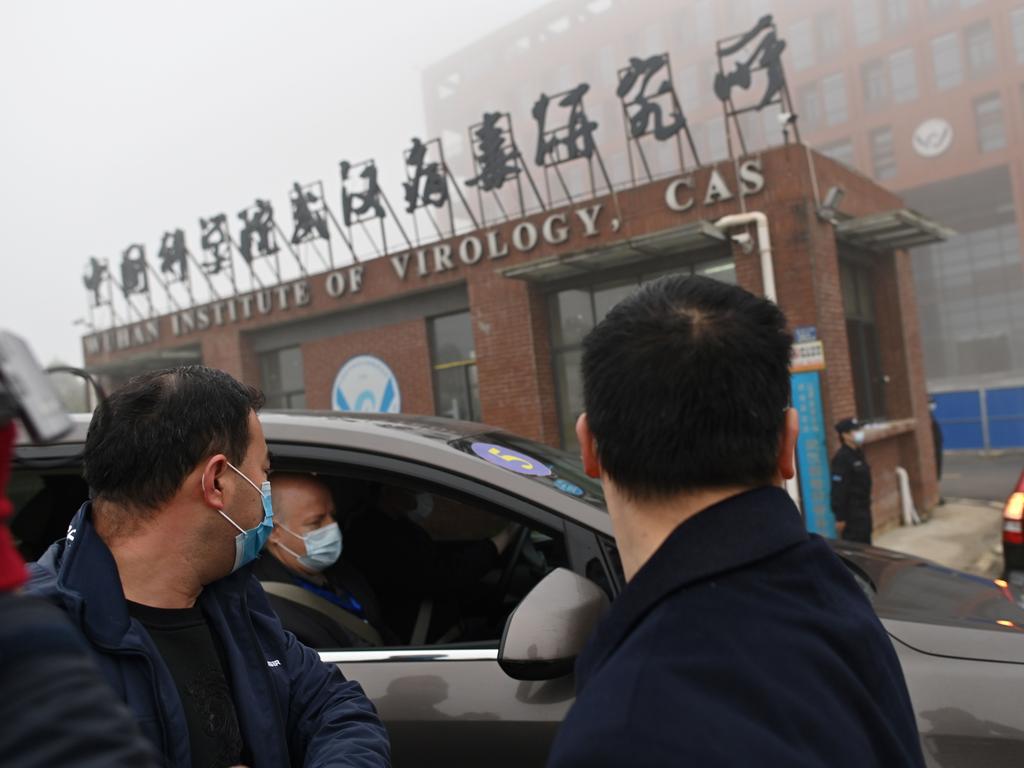
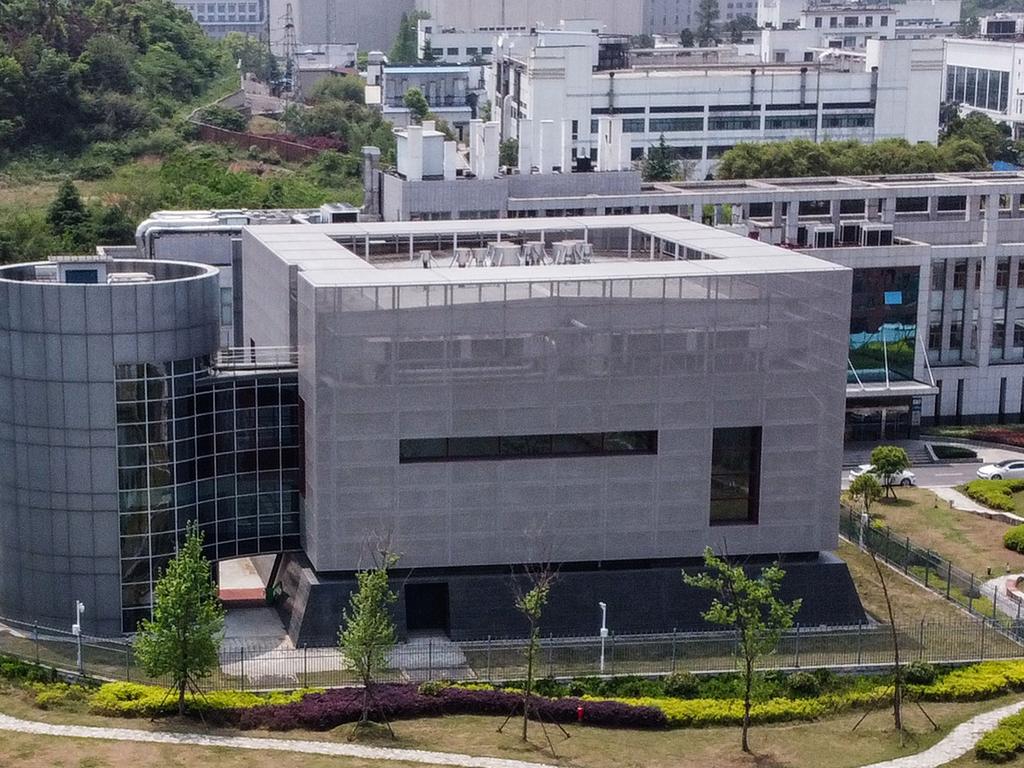
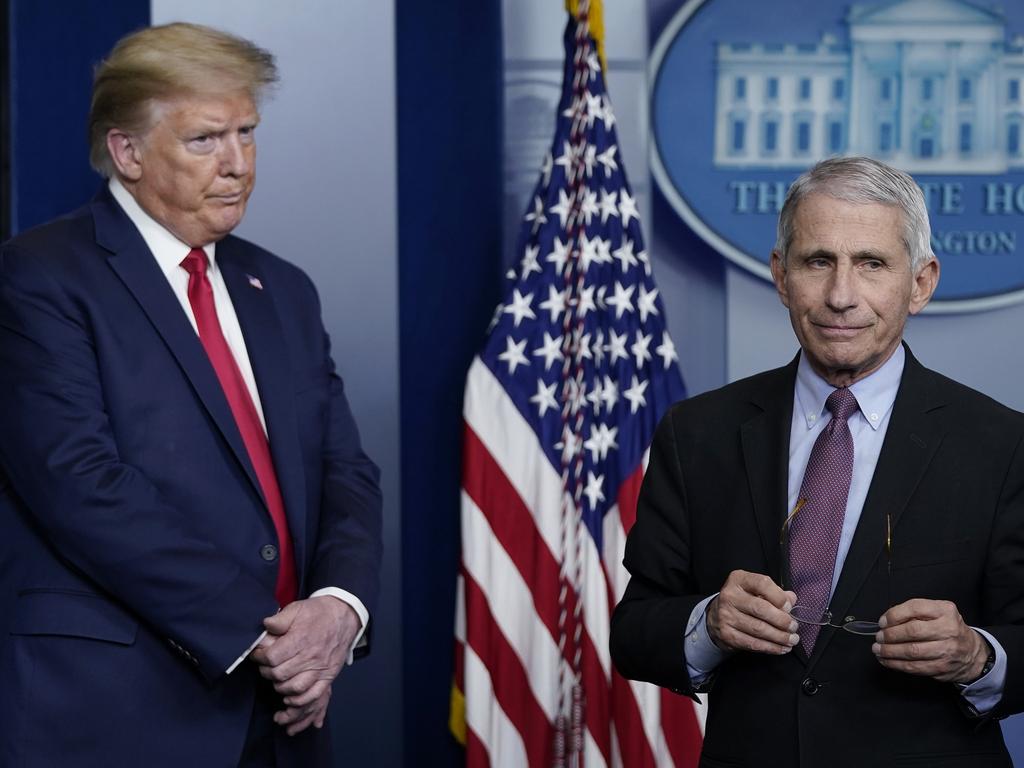


To join the conversation, please log in. Don't have an account? Register
Join the conversation, you are commenting as Logout